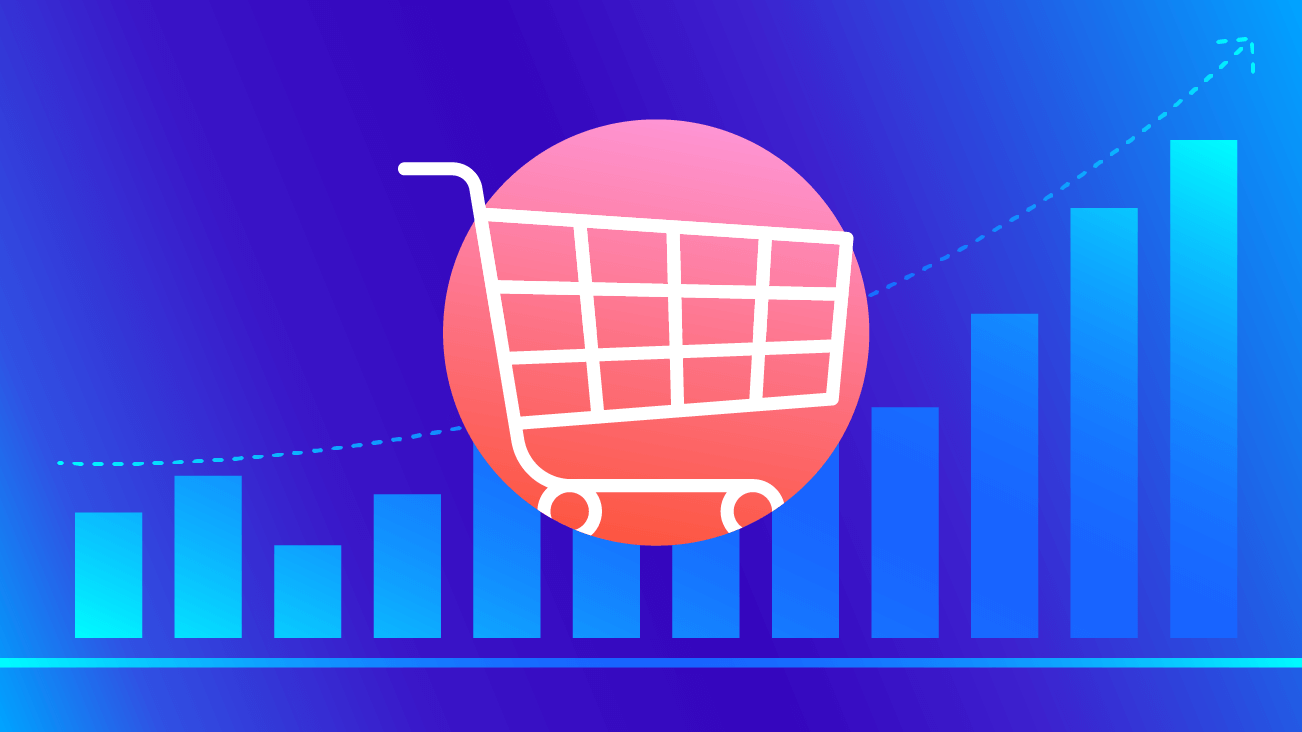Five Dynamic Pricing Strategies for Commerce Growth

Dynamic pricing of products in physical product commerce businesses isn't far from being a reality for the average merchant. The airline and hotel industries have been on this train for a while, and all signs point to it working. And we all know that Amazon has been playing this particular game for a long time to quite a bit of success.
Could we really be moving to a future where the dynamics of supply and demand are actually taken into account when a customer is buying a particular item?
For example, if a really popular stroller is running low on inventory, shouldn't that stroller now have a premium price vs. when it first came out and there was an over supply?
The Profitability Struggle Online
It's no secret that commerce and more specifically web-only merchants are having a VERY difficult time making their businesses profitable. This is the real reason most commerce-born companies are opening physical stores — they actually still make a profit.
Could dynamic pricing actually be one of the strategies that commerce companies could deploy in order to find positive margin contribution on more of their products?
I can see a handful of different methods that might be successful depending on the type of product you sell, who your customers are, and timing (e.g. seasonality).
5 Dynamic Pricing Strategies for Commerce Growth
1. High-Value Customer Pricing
I think this might be the lowest hanging fruit for many merchants in terms of margin contribution. One of my own pet peeves is getting emails from merchants that are not only trying to sell me the wrong thing (I.e. - J.Crew sends me women's clothing emails all the time), but are offering me discounts on items I would have likely just paid full price for.
Over the last 15 years, this is the one that strikes a nerve the most. Customers who consistently buy at full price should rarely ever be getting promotions/discounts from you. This is just flushing profit dollars down the toilet. It's not needed and it's lazy.
Putting your customers into cohorts based on value is an easy way to start playing with dynamic pricing. The more advanced merchants will even show these customers different prices on items than the average anonymous shopper on the site. A tricky proposition, but one that can work.
2. Peak Demand Pricing
There are lots of reasons why demand could peak for particular items. I'll exclude the timing-based stuff (covered below), and focus on core supply and demand reasons. The best brands' products build-up to peak demand over longer periods of time, meaning there are no big events or features that drive them into the stratosphere. You can even clearly see some of these in tools like Google Trends/Insights.
There is a real opportunity for dynamic pricing by watching product popularity and overlaying that with inventory supply. I've seen firsthand how really popular items can have a sudden disruption in their supply chain and global inventory levels can drop quickly. In these cases, smart merchants don't put these items on discount, they actually charge a slight premium as many customers will still pay it.
3. Time-Based Pricing
There are so many examples that can be found outside of just the usual "Black Friday" or back-to-school type events throughout the year where there are obvious reasons why more people will be shopping.
The first that comes to mind is geography and weather influencing purchase behaviour. For example, if you sell outdoor gear, merchandising your site and adjusting prices up or down based on extreme cold weather might work, particularly if that extreme cold weather is unusual for certain areas. Or maybe the forecast is calling for a long bout of rain, sell more rain gear? If you've ever been in New York City when a rainstorm hits, the street is flooded with people selling you $25 umbrellas that would normally be $5 without rain.
Monitor popular media outlets, known for featuring products regularly. Good examples would be morning shows or talk shows. You can usually monitor these through social media (more scalable) and if you sell the products you might land on an opportunity to move a lot of volume at discount (customer acquisition) or perhaps less volume but a higher margin if the demand is really high and supply is low.
4. New Release Pricing
I like this strategy for brands that have regular releases of new products and a loyal customer base. We can avoid the obvious (Apple) example and look to fashion brands or design-heavy brands to lead the way in pricing products at a premium for those who are willing to buy first.
You can also play around with pricing items using pre-orders if you know they are coming.
If you want to drive a better margin on new release products, you have to make sure you get the supply side (inventory) correct so as to have a higher perceived demand than actual availability. I personally love the exclusivity/VIP tactic used by some merchants. There's a good deal of people out in the world who HAVE to be the first to own something.
The flip side to new release pricing strategy would be lower pricing at first and higher pricing as inventory levels reduced. In this case, you are betting on solid demand later in the life cycle for the product and lower inventory availability. In other words, you're trading profit dollars now for profit dollars later. Airlines would be a good example of this tactic.
5. Competition Driven Dynamic Pricing
This is probably my least favourite tactic as it helps the "race to the bottom" that commerce has greatly contributed to. There are many merchants who will actively scan their competitor's product catalogs and adjust the pricing down, sometimes by pennies, to ensure they have the lowest price on an item in order to get the sale. You can likely see how this can quickly get out of hand, resulting in nobody making any profit. Consumer electronics anyone?
Lots of Dynamic Pricing Methods
As you can see, there are many ways to look at dynamic pricing.
My last piece of advice, and take this for whatever it's worth, is to only look at dynamic pricing when you've already got a pretty solid business built up and are very far along with your roadmap. Dynamic pricing is right up there with ad spend attribution in its potential for adding a lot of complexity to your business.


